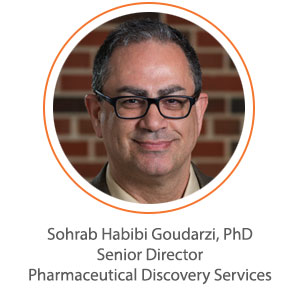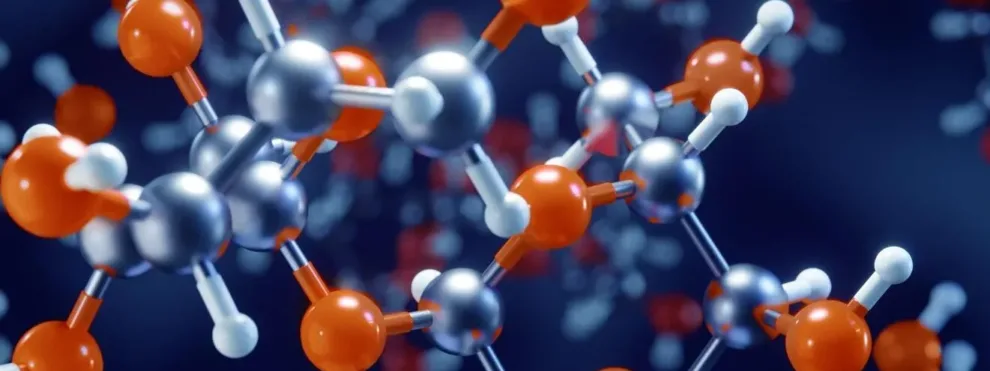 Dr. Sohrab Habibi Goudarzi – Senior Director of Pharma Discovery and R&D Services, Bryan Parmentier – Senior Principal Scientist of Pharma Method Development, and Yu-Hui (Ann) Fu -Principal Scientist of Pharma Regulatory, along with other scientists at KCAS Bioanalytical & Biomarker Services, coauthored with scientists at Gilead Sciences, Inc. in writing a paper that was recently published in “the Journal of Pharmaceutical and Biomedical Analysis” about the determination of the SBECD levels in human plasma, sponsored by Gilead’s summer intern program.
Dr. Sohrab Habibi Goudarzi – Senior Director of Pharma Discovery and R&D Services, Bryan Parmentier – Senior Principal Scientist of Pharma Method Development, and Yu-Hui (Ann) Fu -Principal Scientist of Pharma Regulatory, along with other scientists at KCAS Bioanalytical & Biomarker Services, coauthored with scientists at Gilead Sciences, Inc. in writing a paper that was recently published in “the Journal of Pharmaceutical and Biomedical Analysis” about the determination of the SBECD levels in human plasma, sponsored by Gilead’s summer intern program.
The role of KCAS was to develop an assay to quantitate the drug vehicle (SBECD) they used to deliver their drug, remdesivir. SBECD is a hydrophilic-functional-group-substituted cyclodextrin – think of it as a cyclical sugar molecule – and it is commonly used in the pharmaceutical industry to deliver hydrophobic drug molecules, meaning essentially molecules that do not have high solubility in water. This can sometimes be an issue for intravenous drug delivery, so SBECD is used as a way of encapsulating remdesivir, in order to increase its solubility and allow for successful delivery of the drug molecule to its target. However, SBECD levels in human plasma could be a concern, especially in paediatric and renal impaired patients, as the molecule is mostly cleared by kidney filtration. It is important to determine SBECD levels with a reliable and validated method. KCAS was contracted by Gilead to develop an assay to quantitate the cyclodextrin in in human plasma in clinical studies.
This was a challenging assay with many hurdles to clear in selecting the proper quantitative mass transitions for the molecule, overcoming significant extraction and analysis interreferences from samples pre-treated with formic acid and developing high throughput chromatography. We needed to develop an assay with consistent instrument performance across the entire analysis, with run times of several hours. With high concentrations of cyclodextrin, the system is contaminated rapidly; so, we had to include a very extensive periodic cleaning. In other words, the workflow was very challenging and included scientists from the regulatory team, our instrumentation and metrology teams, the development teams and – when it came to troubleshooting – just about everyone in the pharma division with knowledge in any of the aspects related to these methods, the assay development and instrumentation.
I was happy KCAS was invited to take part in this process, and with collaboration of scientists from Gilead, the University of California at Riverside, and KCAS, we have published a very well-written manuscript. It captures the importance of why the assay was needed and why each step was so important to include. After reading through the abstract and introduction, I believe readers will be fully convinced that we took the necessary steps in accomplishing the critical portions of why it was important to monitor the accumulation of the cyclodextrin. The paper then follows with all the experimental and nice pictorials, graphs and charts explaining the entire role of renal function and how this molecule does not, in fact, metabolize and shows that it is filtered through the patients that are being dosed with this molecule. The publication also demonstrated KCAS’s capability in bioanalytical assay development for clinical sample analysis.
If you have any questions for our KCAS team members about this paper or any of KCAS’s many bioanalytical services, please use the form below to contact us.

